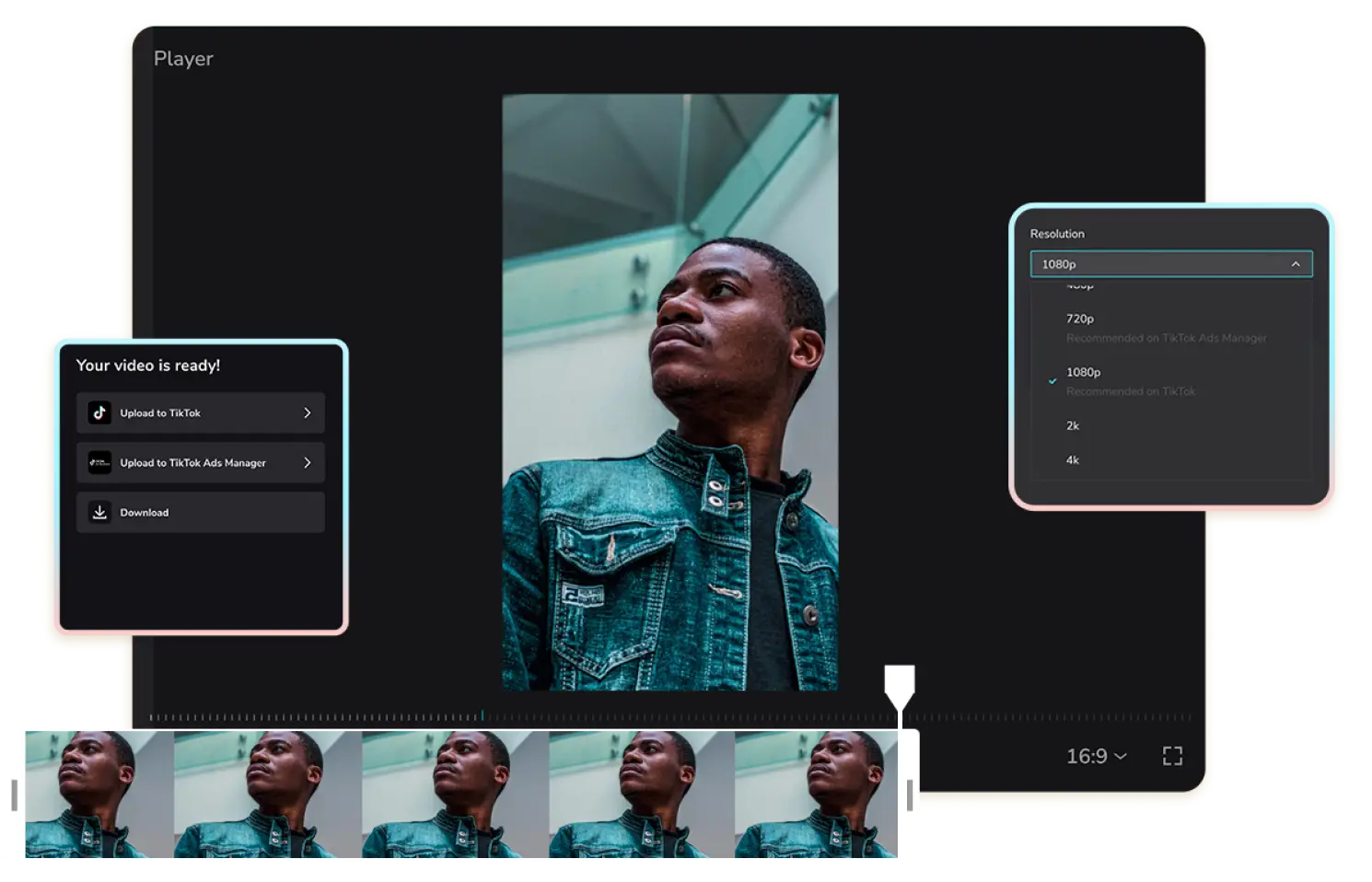In today’s digital age, where streaming platforms dominate our entertainment landscape, video quality has become a crucial aspect of our viewing experience. Whether you’re streaming your favorite TV series, enjoying a live sports event, or watching a movie online, the availability of various video quality options plays a significant role in shaping how we perceive and enjoy content. https://bumber.info/ is a platform where the information about the different platforms are available in this regard.
Understanding Video Quality Options
Video quality options refer to the different resolutions and bitrates at which a video can be streamed or downloaded. These options allow users to tailor their viewing experience based on their internet connection speed, device capabilities, and personal preferences.
Resolutions: From Standard to Ultra High Definition
One of the primary components of video quality is resolution. Different platforms offer a variety of resolutions, including high definition (HD), ultra-high definition, and standard definition (SD). (UHD). SD typically has a resolution of 480p, while HD can range from 720p to 1080p. UHD, also known as 4K, takes the visual experience to the next level with a resolution of 2160p.
Choosing the right resolution depends on factors such as screen size, internet speed, and the user’s preference for image clarity. While larger screens may benefit from higher resolutions, users with slower internet connections may opt for lower resolutions to prevent buffering.
Bitrates: Balancing Quality and Bandwidth
Bitrate is the amount of data processed per unit of time in video streaming. Higher bitrates generally result in better video quality but require more bandwidth. Platforms often provide different bitrate options to accommodate users with varying internet speeds.
Balancing bitrate is crucial for achieving an optimal viewing experience. Users with high-speed internet can enjoy smoother playback and sharper images at higher bitrates, while those with slower connections may choose lower bitrates to prevent buffering interruptions.
Dynamic Adjustments for Seamless Viewing
Many streaming services utilize adaptive streaming technologies that automatically adjust video quality based on the viewer’s internet speed and device capabilities. This ensures a seamless viewing experience by dynamically switching between different resolutions and bitrates during playback.
Adaptive streaming enhances user satisfaction by preventing buffering and optimizing the video quality in real-time. It’s particularly beneficial for users with inconsistent internet connections or those watching content on mobile devices.
HDR and Frame Rates: Elevating the Cinematic Experience
Beyond resolution and bitrate, modern video quality options also include features like High Dynamic Range (HDR) and higher frame rates. HDR enhances the contrast and color range, providing a more vibrant and lifelike visual experience. Higher frame rates, such as 60fps or even 120fps, contribute to smoother motion in fast-paced scenes.
These advanced options cater to cinephiles and gamers, elevating the overall viewing experience and bringing content to life in ways previously unimaginable.
Conclusion
In the ever-evolving landscape of digital entertainment, video quality options empower users to tailor their viewing experiences to match their preferences and technical constraints. From choosing the right resolution and bitrate to embracing advanced features like HDR and higher frame rates, the options available today allow us to enjoy content in ways that were once reserved for the realms of cinematic excellence. As technology continues to advance, we can expect even more innovations in video quality, and now there are several downloaders like loader.to are available in the market. These downloaders help in download video without breaking down its pixel’s quality.
Stay in touch to get more updates & news on Antri Bune!



